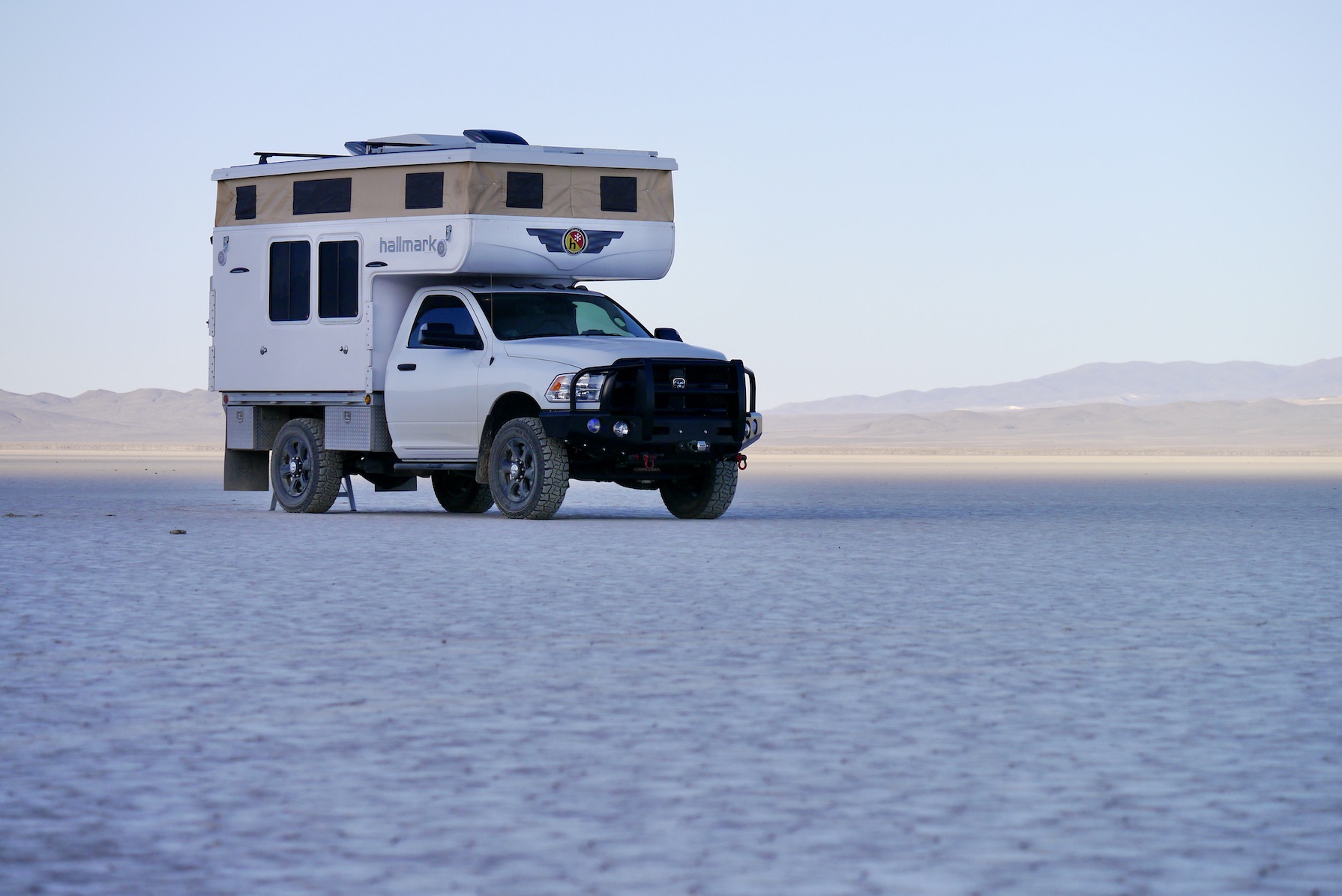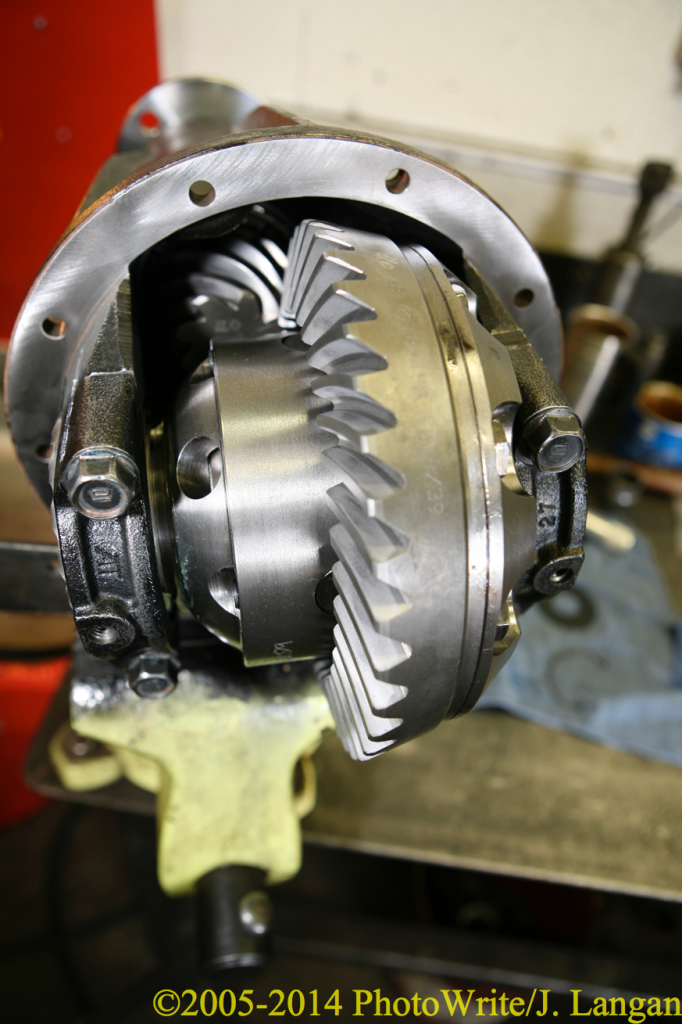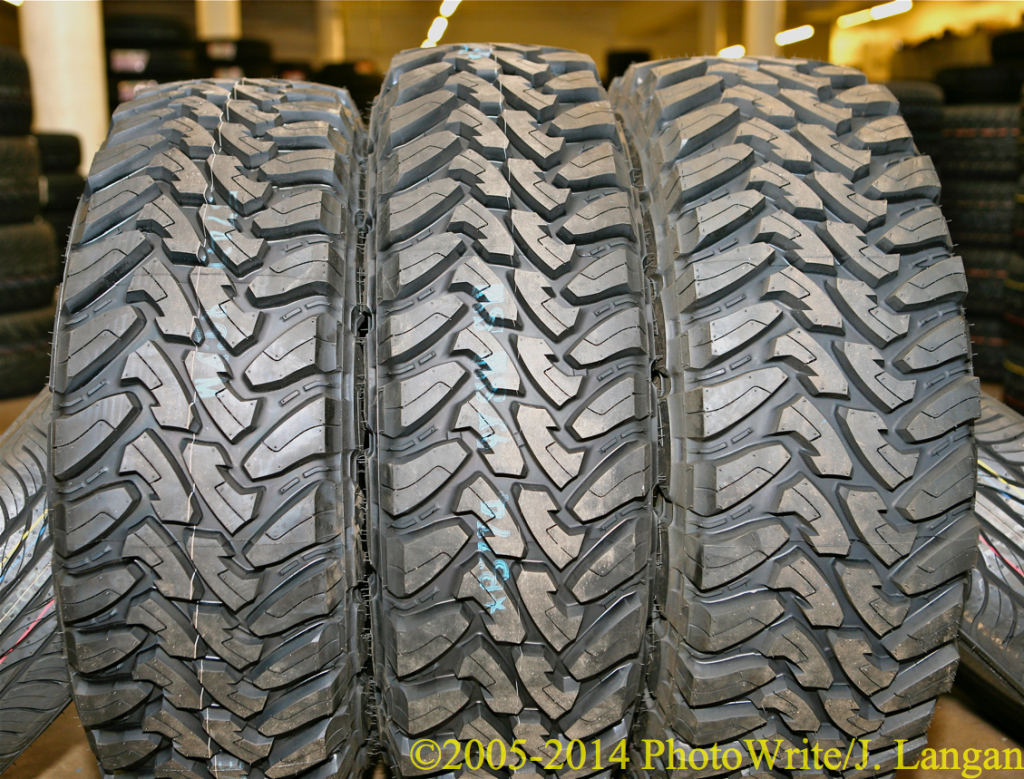Overland Expo West 2017 — Flagstaff’s Fort Tuthill County Park
New Venue
Overland Expo West is a three-day annual event focused on educating and inspiring folks to explore their outdoor world, both near and far. The big news for the event this year was change: it moved to a new venue, the Fort Tuthill County Park in Flagstaff, Arizona. The park offers about 30% more area and extra separation for truck and moto enthusiasts. There were over 200 classes, workshops, roundtable programs, and inspirational programs, as well as over 300 vendor booths. Fifty exhibitor spaces were added in 2017, with a waiting list for 2018, and there were about 2,000 additional attendees. The Overland Expo team is now focused on getting better, not bigger. Leading industry vendors and OEMs were present, including Ram and Cummins, which is where my coverage is focused.
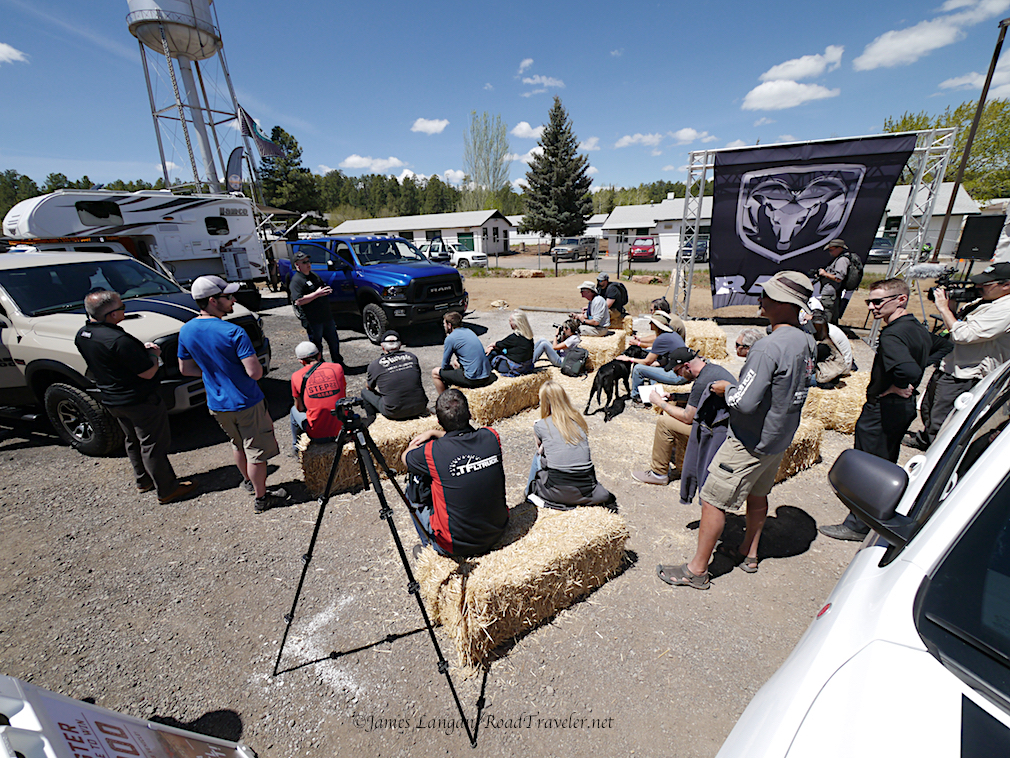
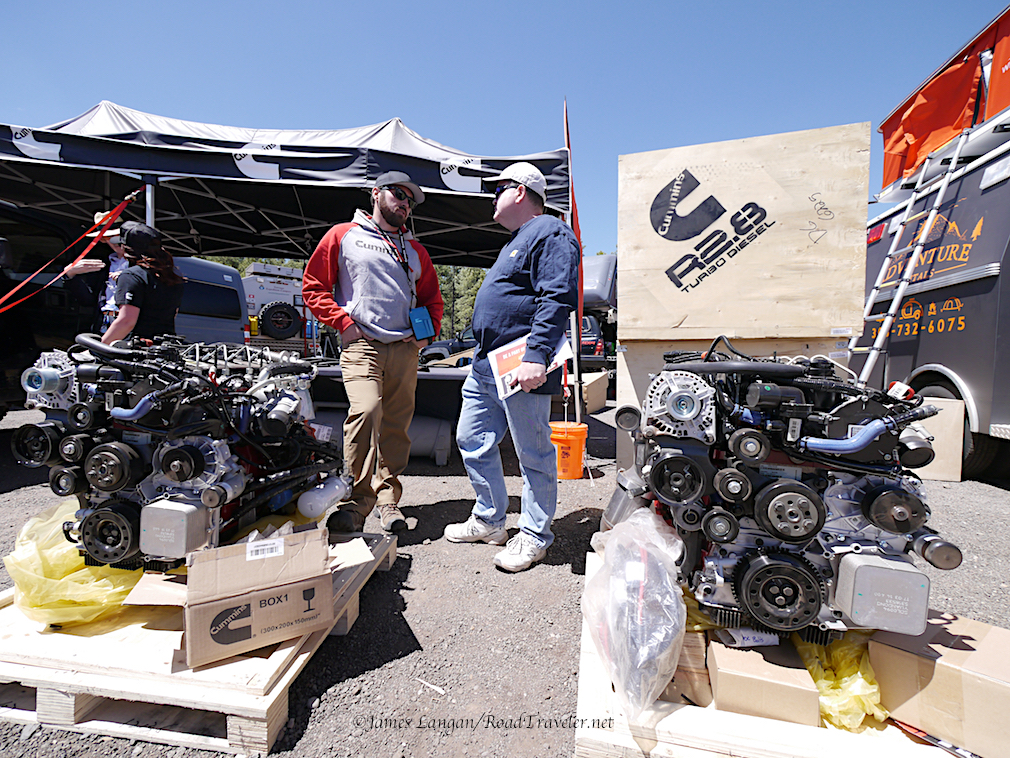
There can be growing pains… I did overhear someone saying that the general, dispersed-camping areas were too tight and full. My sense is that overall this was a good move for the Arizona event, the growing tribe of overland travel enthusiasts and the vendors that are happy to accommodate their desires for comfortable, vehicle-supported travels and camping.
New Legend 4×4 Meets The Cummins 2.8L
New Legend 4×4, based in Iowa, has been doing impeccable restorations of vintage Scout II and Scout 800 bodies, mounting them on modern chassis, complete with high-performance engines, to give enthusiasts the joy of driving beautiful vintage iron without the poor drivability of vehicles built 50 years ago. They work hard to maintain the original vibe and hard-working focus of the old wagons, while tastefully blending it with modern performance, reliability, and safety. New Legend 4×4 works with their clients to create the ultimate mix of a vintage/modern vehicle. These rigs are meant to be driven, not be garage queens.
I’ve been an International Harvester fan since my youth, partially because my great uncle Clarence had a few, plus I’ve owned a ‘60s two-wheel-drive half-ton and two Scout IIs. The first, a Scout Terra pickup, was my first four-wheel-drive. The New Legend Scout IIs with V8s were very nice, but the rig that made me gaga was this 1967 Scout 800 with a Cummins R2.8 under the hood.
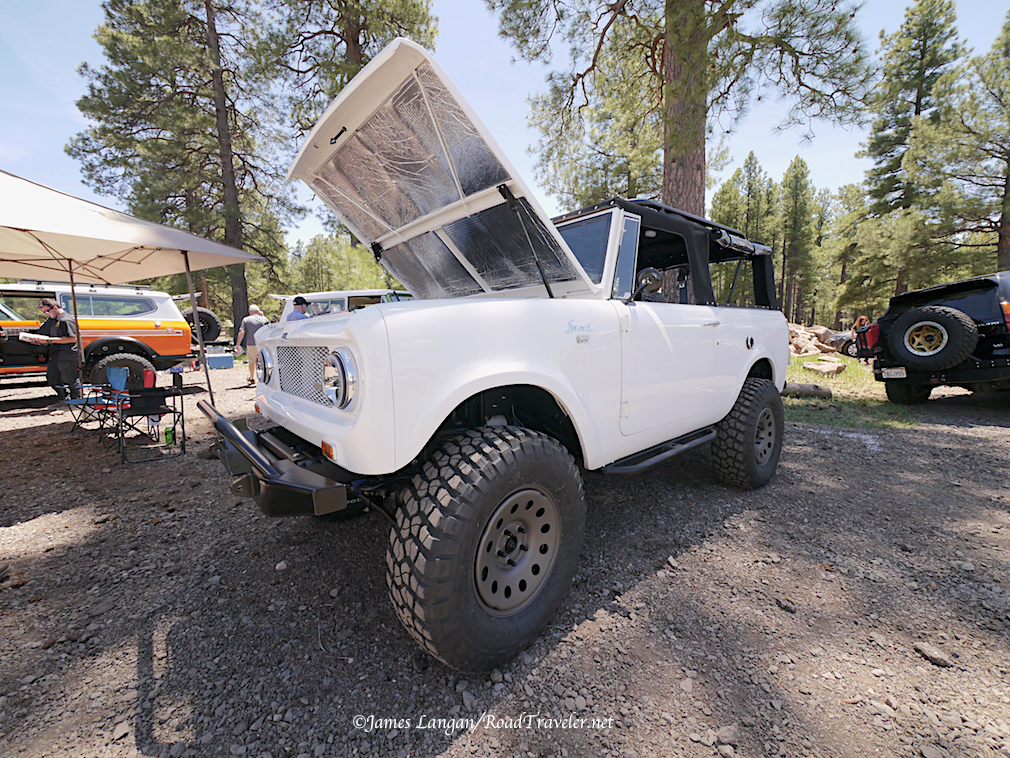
The FIRST Production R2.8 Turbo Diesel
The Turbo Diesel Register readership needs no explanation as to why one might prefer to repower vintage iron with the new R2.8 Turbo Diesel instead of a gas V8. New Legend 4×4 was one of 25 beta test shops for the Cummins R2.8L in the U.S., and thanks to Steve Sanders at Cummins, they were lucky enough to receive the first production version of this new crate engine just in time to complete this Scout 800 and drive it to Overland Expo. Yes, they drove it from Iowa to Arizona, essentially non-stop, swapping drivers, with lots of coffee and Red Bull, with the blessing and encouragement of their customer as part of the initial shakedown. I interviewed Luke from New Legend to get the details on this beautiful build.
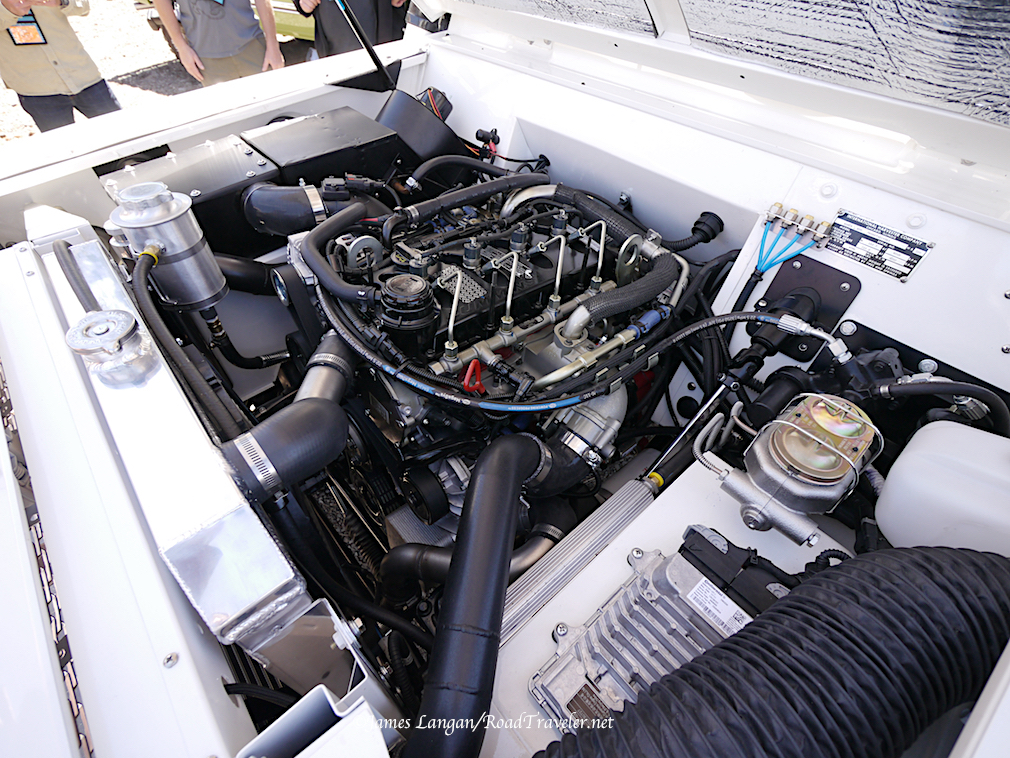
This is a 1967 Scout 800, the body is original but “freshened”, which means cleaned, repaired, and painted to high standards. It sits on a new Jeep Wrangler Rubicon chassis, with the excellent and proven OE Dana 44 axles with electric lockers both front and rear. New Legend wisely didn’t try to invent new Wrangler suspension, instead they use AEV’s proven 2.5” system, which maintains factory geometry and drivability. Luke said, “it drives and handles amazingly”, like a brand new Jeep Wrangler JK, because that’s what is underneath. New Legend teamed with Duluth Pack in Minnesota, because they love Duluth’s made-in-USA waxed canvas, which really helps this particular Scout retain a vintage, rugged look and feel. Just what the customer wanted.
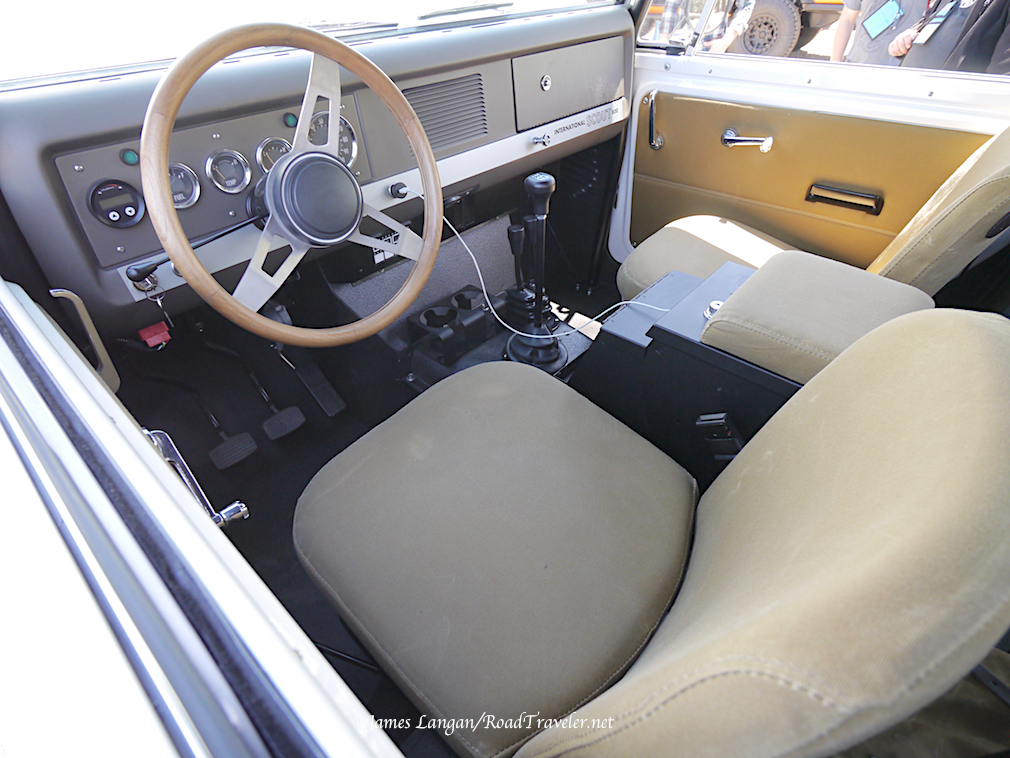
The Cummins R2.8 has it’s own ECM, and Cummins makes it incredibly easy to connect the engine to the donor chassis, essentially just fuel and a few wires. The flier for the R2.8 Turbo Diesel inline 4-cylinder says it produces 267 lb-ft @ 1,500-3,000 rpm, and 161 hp @ 3,600 rpm, with an asterisk indicating “final ratings may vary”. The motor is connected to a NV3550, 5-speed manual tranny, which is backed by an Advanced Adapters Atlas II twin-stick transfer case. The base price for a build similar to this is about $100k, depending on how the customer specs their new vintage four-wheel-drive. Cummins was a vendor at the 2017 Overland Expo West gathering, primarily to support this fantastic, small, light, and powerful little engine. Smart move, as the repower opportunities look promising in this market segment.
American Expedition Vehicles
American Expedition Vehicles (AEV) displayed their Prospector XL Tray Bed Edition, and the new Recruit, Ram 1500 package. The original Prospector XL was a personal project of AEV President, Dave Harriton, that was first displayed at the 2013 SEMA Show, and it has covered thousands of miles on- and off-highway since. AEV Special Operations is creating ten of these “Limited Edition, Unlimited Adventure” vehicles based on the regular-cab, long-bed, Ram 2500 platform. The trucks will feature their signature stamped-steel front bumper, DualSport suspension, lightweight aluminum bed, massive 41” tires, and more. The Prospector XL Tray Bed Package starts around $38,000, plus the base vehicle; I think they will sell all ten quickly.
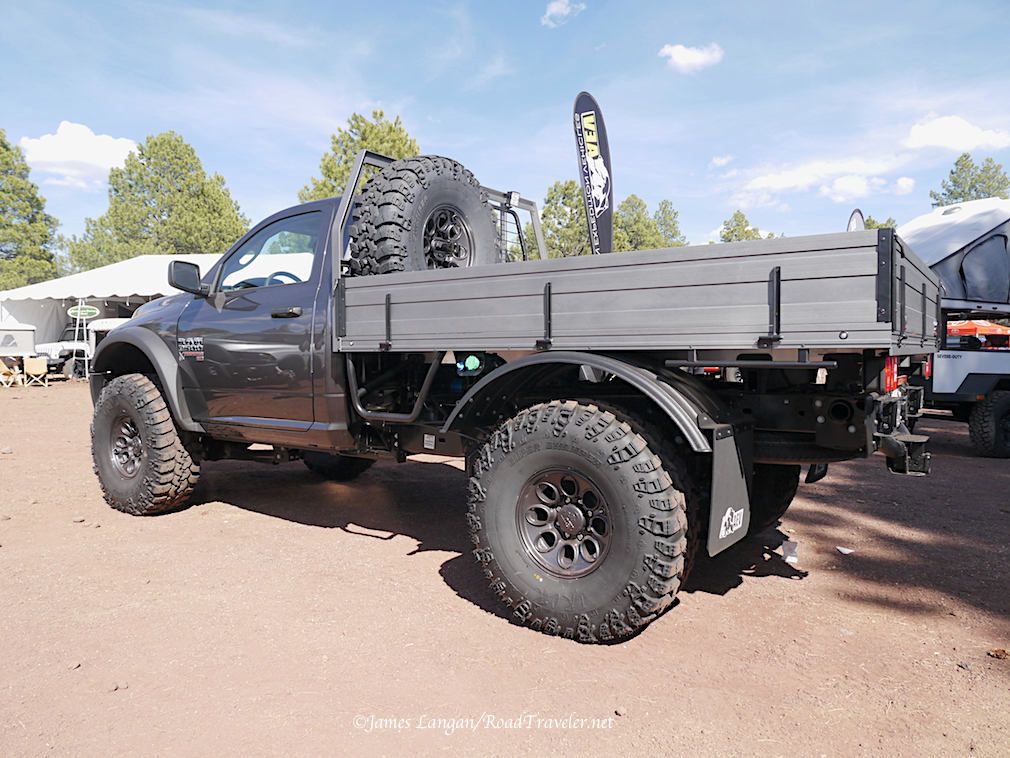
The timing of this announcement is interesting, as I’ve been a fan of flatbeds since my commercial driving youth and my custom flatbed-equipped ’93 First Generation Turbo Diesel. For several months I’ve been trying to suppress my lust for a new regular cab, longbed truck…keep your eye on my column.
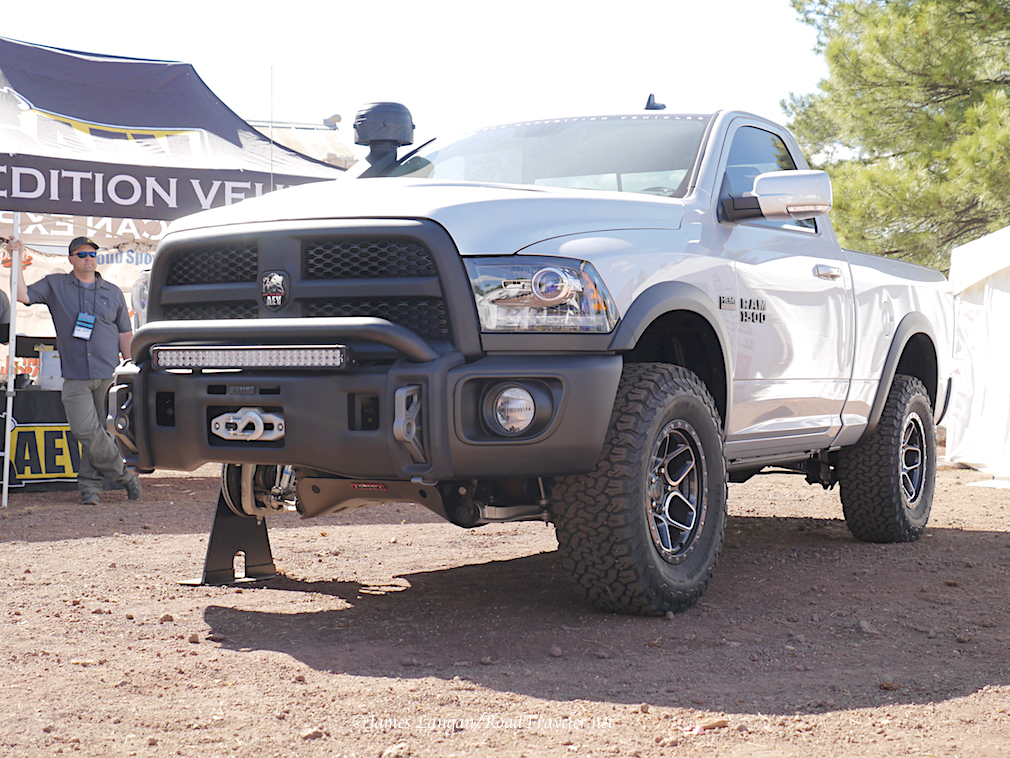
AEV’s Recruit package for 1500 Rams includes a new 4” DualSport suspension for these independent front suspension (IFS) trucks. It increases wheel travel and off-highway performance, while optimizing the steering geometry for improved handling and reduced driver fatigue on-highway. The A206 T4 cast aluminum steering knuckles, new tie-rod ends, AEV-spec Bilstein 5100 series struts and shocks are key ingredients. Under the truck, a stamped-steel 4mm skid plate offers serious protection and maximum ground clearance.
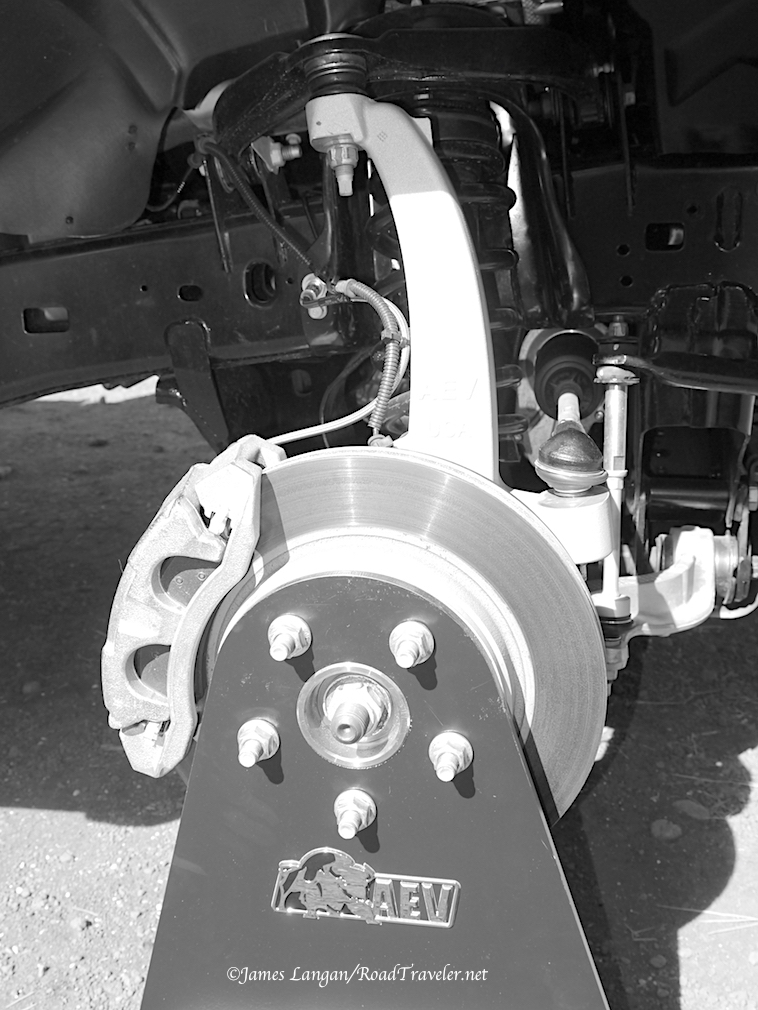
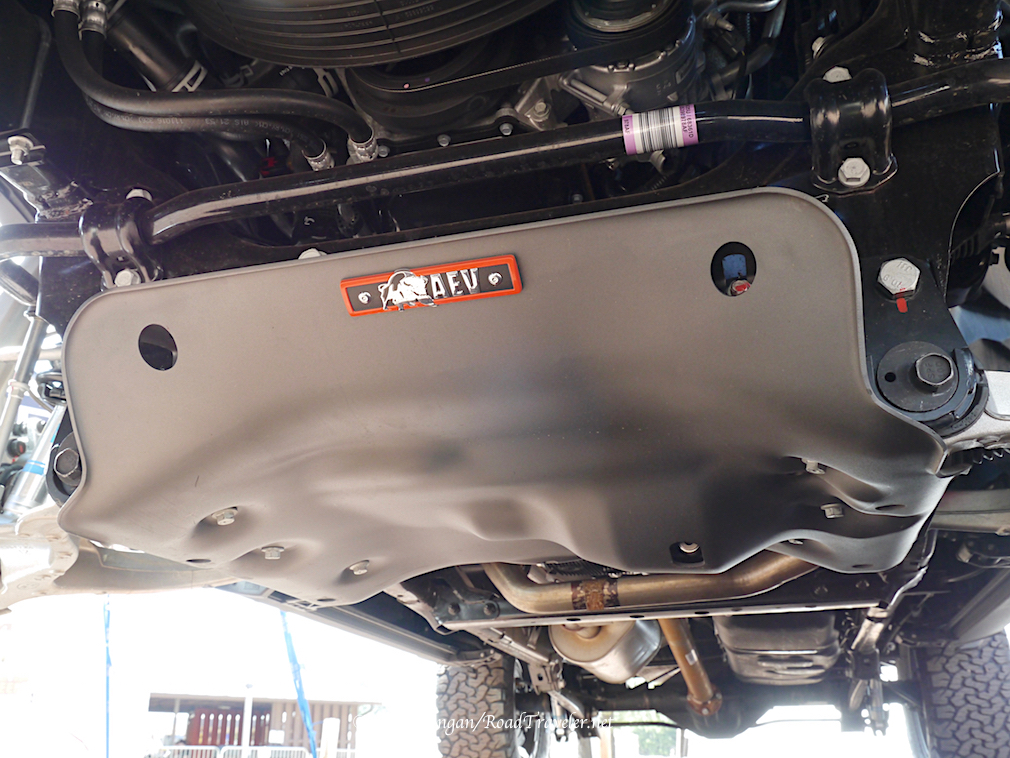
The Recruit’s heavy-duty grille conversion facilitates mounting their existing HD front bumper. Cast aluminum tow loops instead of the ductile iron pieces reduce weight, and their Heat Reduction Hood helps the Recruit look similar to the Prospector. New 18” AEV wheels are more versatile than the common 20” OEM rims. The Recruit package starts at $15,000.
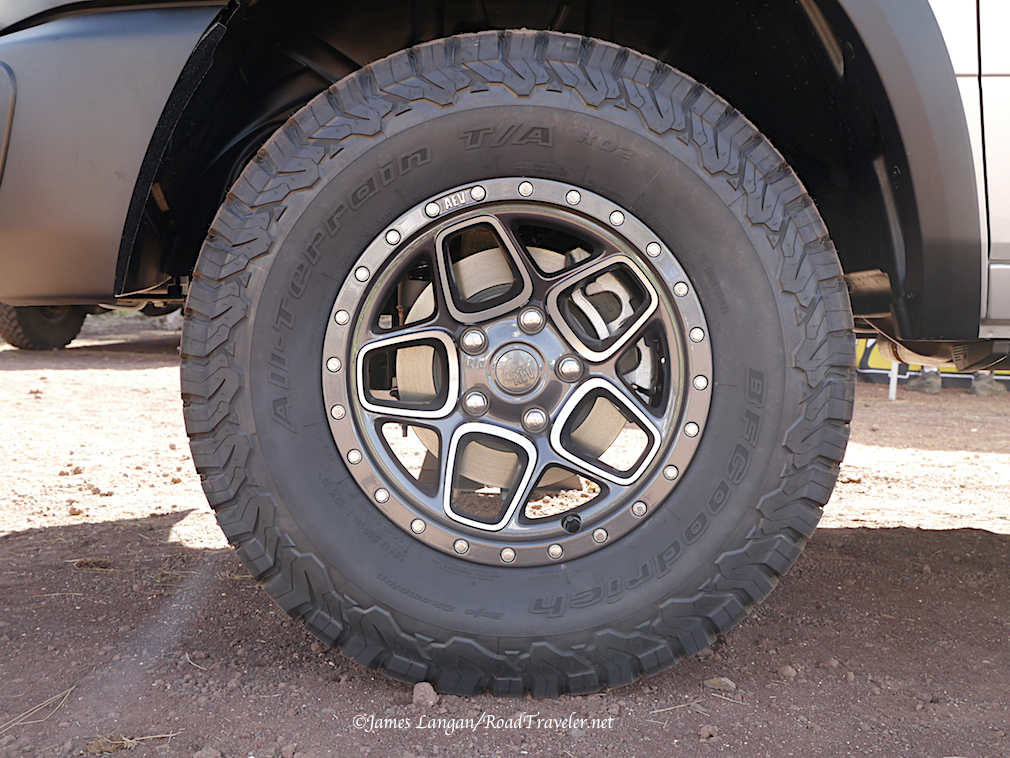
AT Overland Habitat Truck Topper
The ingenious and detail-oriented folks at AT Overland introduced a version of their Habitat camper for full-size Tundra, F-150, and Ram pickups with both 5.5’ and 6.5’ beds; it was previously only available for mid-size trucks. The Habitat fills the void between a basic truck topper and a slide-in camper. The shell is made with lightweight aluminum and composites, is very robust, and has a base weight of only 340 pounds. Easily opened by one person, the 15’ long tent that deploys provides 96” of standing headroom near the tailgate when mounted on a Ram, and 85” at the front; plenty. When standing outside on the ground, the bed above acts like an awning.
The tent is made from a very durable, Teflon-impregnated, waterproof ripstop nylon (285 grams-per-meter), by American tent and camping gear manufacturer, NEMO Equipment. If customers chose a base camper ($8,800) without optional cabinetry, stove, or refrigerator and such, the camper does not reduce the hauling area of the pickup bed. The Habitat pictured here is on AT Overland co-owner Mario Donovan’s 2017 Ram 2500.
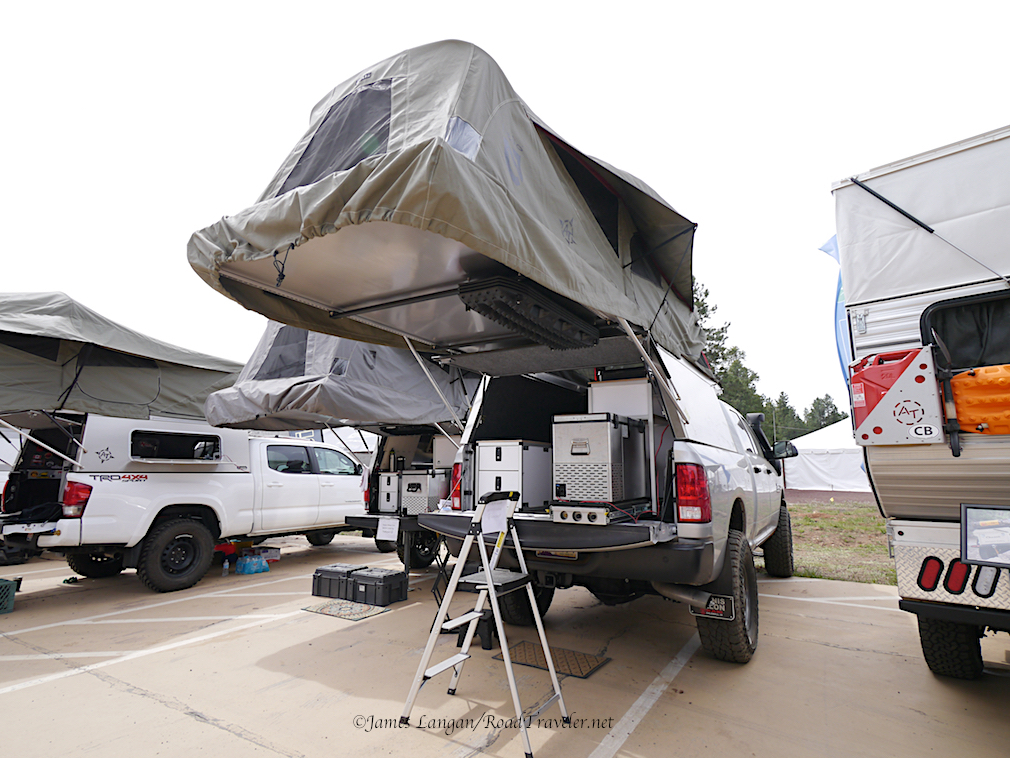
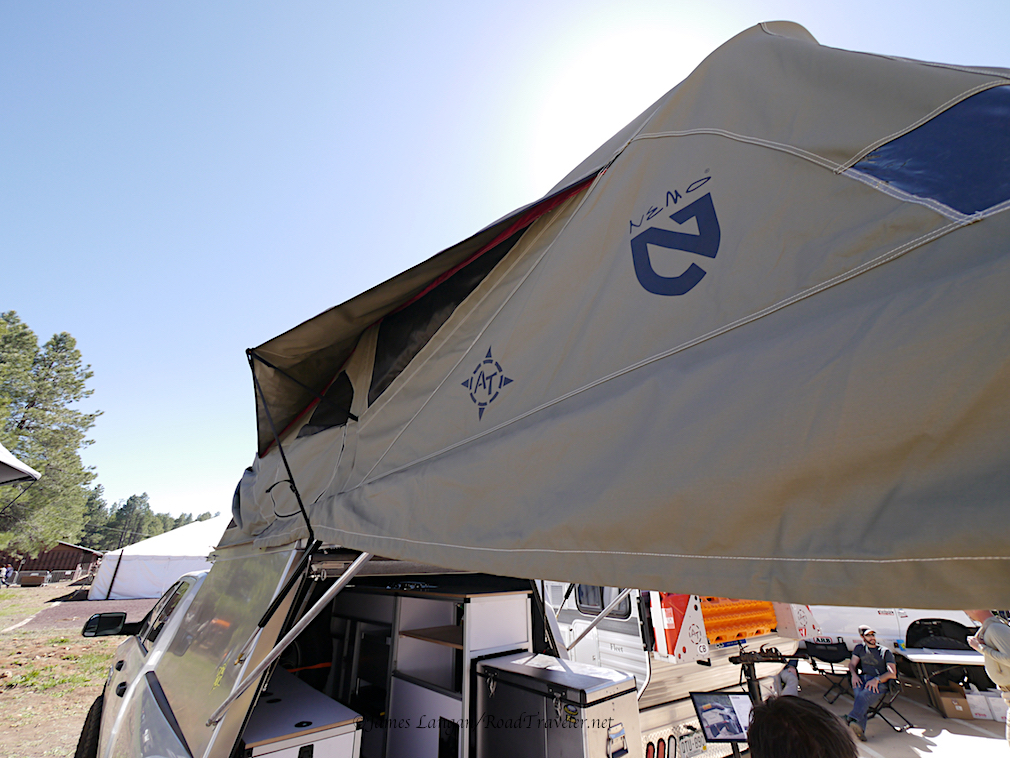

AeroContinental
AeroContinental has started making chassis-mounted truck campers featuring stressed skin construction that are designed to be both attractive and field-repairable. Their first effort was on a Ford Super Duty, but their second is more appealing to TDR-minded folks, as it’s mounted atop a 2017 Ram 3500 with AEV’s Prospector package. It’s just waiting for a customer to spec the final layout inside. It makes me think of a vintage Avion camper, or Airstream trailer. “Aerospace meets overland” is one of AeroContinental’s tag lines.
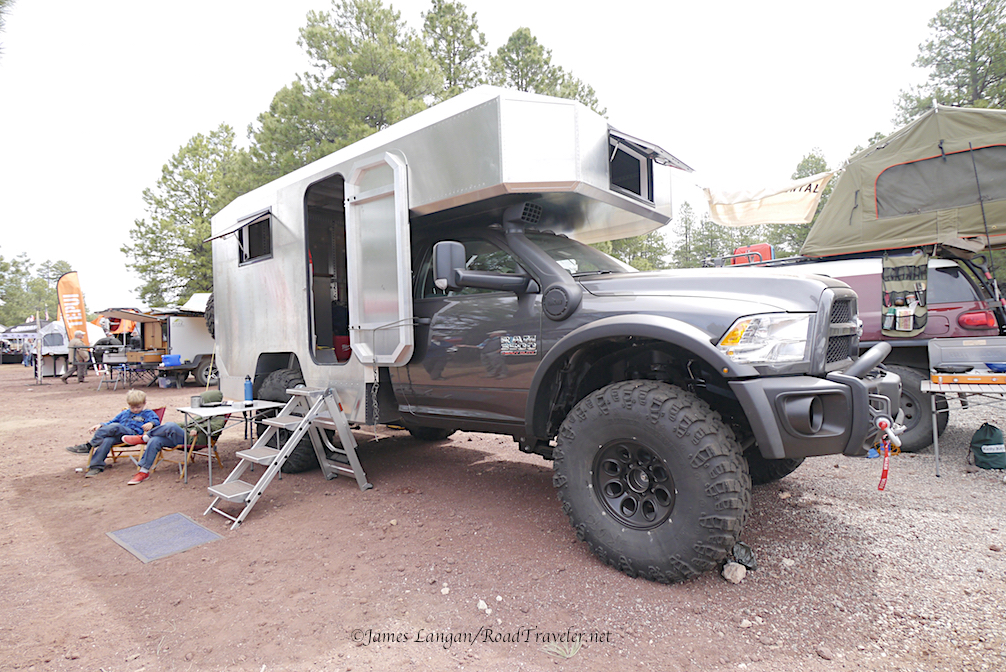
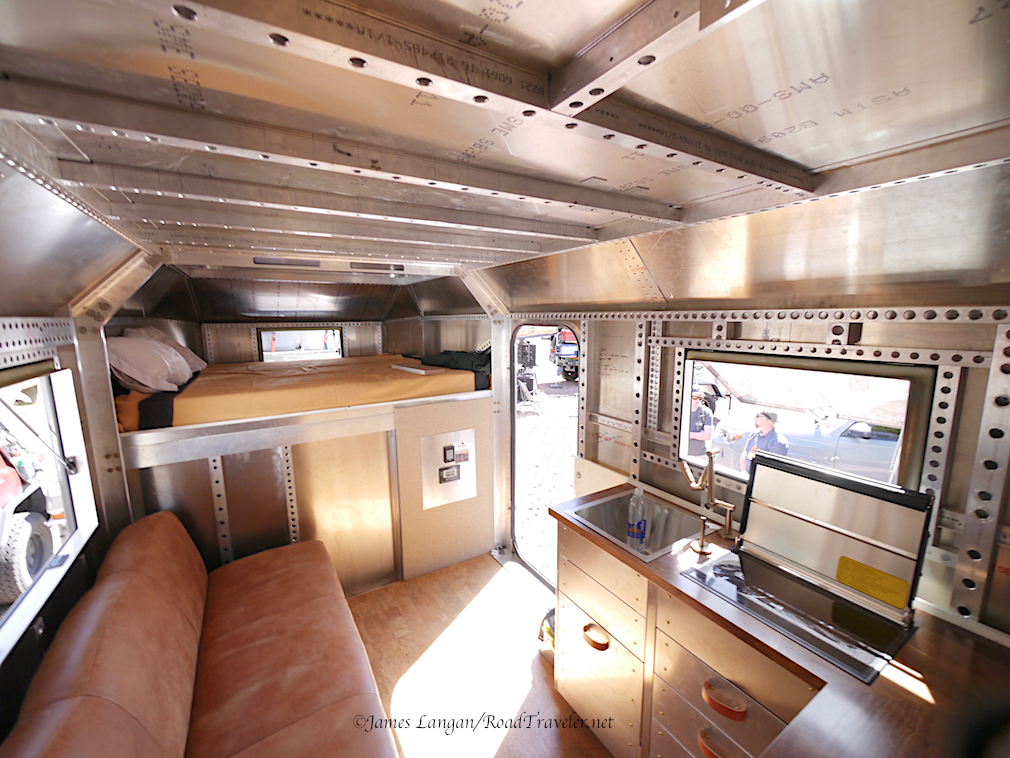
ARB USA
ARB had three new items on display that caught my attention. The coolest being their new Elements Fridge ($1,300), designed to survive tough duty outside, like in a pickup bed. This weatherproof 12-volt compressor refrigerator (not just a cooler) features a stainless steel body and hinges, a gas strut that holds the lid in any position, a pin-code lock plus padlock hole, a light, and more. Once you start using a real refrigerator for camping or tailgating, it’s hard to leave home without one.
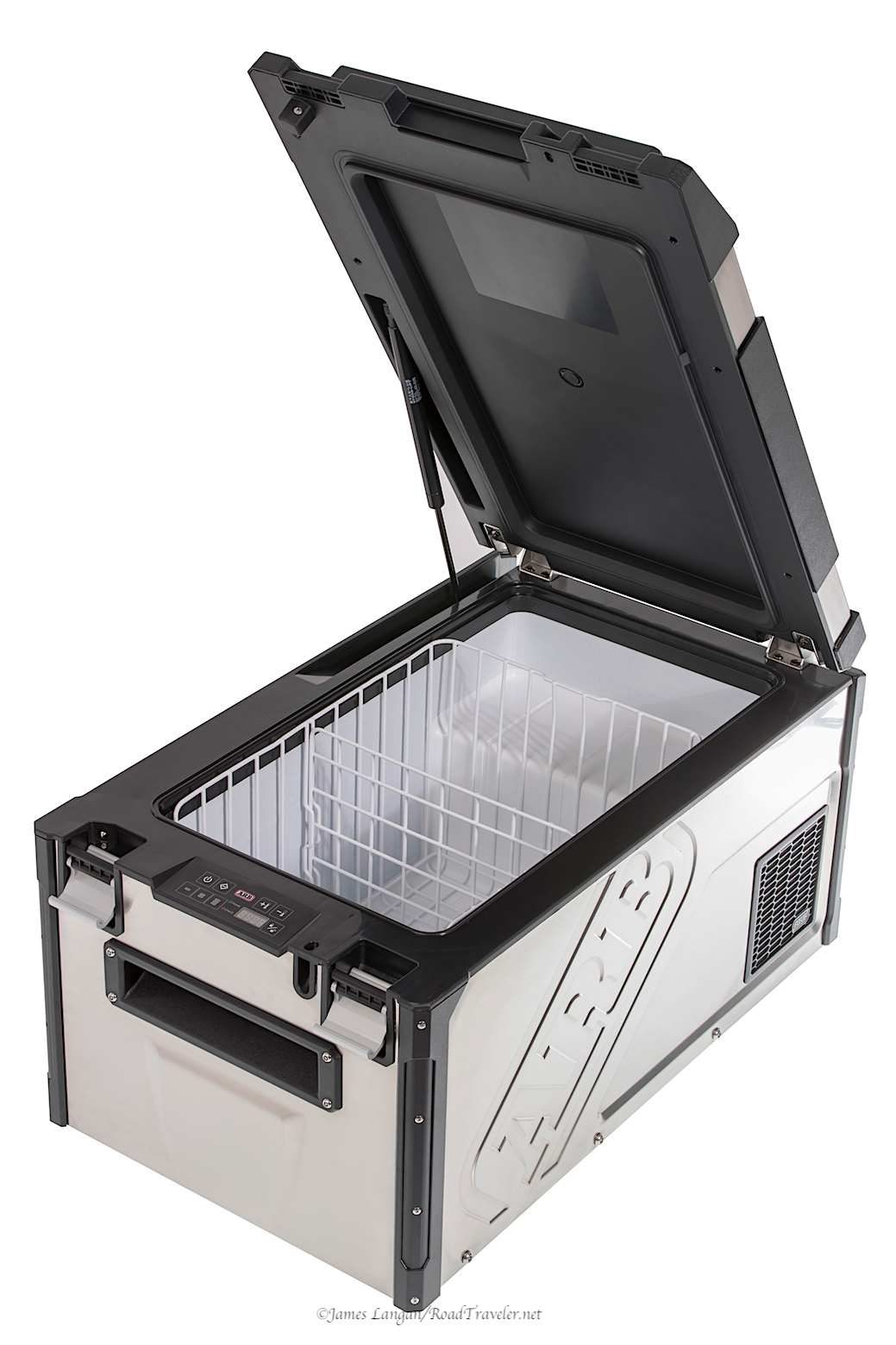
The ARB Adventure Light 600 provides up to 600 lumens of LED light ($59), with a lower 300-lumen setting. This portable light can be recharged by both AC/DC power, includes a battery-level indicator, has hooks and magnets, and is dust and rain resistant. There’s little question it’s rugged; one of ARB’s press photos shows a truck driving over the light.

Appropriate tire pressures are critical for performance and safety. Modern TPMS provide a safety net, but the best maintenance practices involve frequent use of a quality tire gauge. ARB’s Digital Tire Inflator ($55) has 23.5”, PVC-covered braided steel hose with a push-on chuck and valve clip, which reduces the need to squat or bend over while filling tires. The backlit LCD readout is protected with a rubber guard; it’s designed to read from 1-200 psi (0-14 Bar, 0-1400 Kpa); there’s a bleeder button and a 200-hour runtime from the two provided AAA batteries.
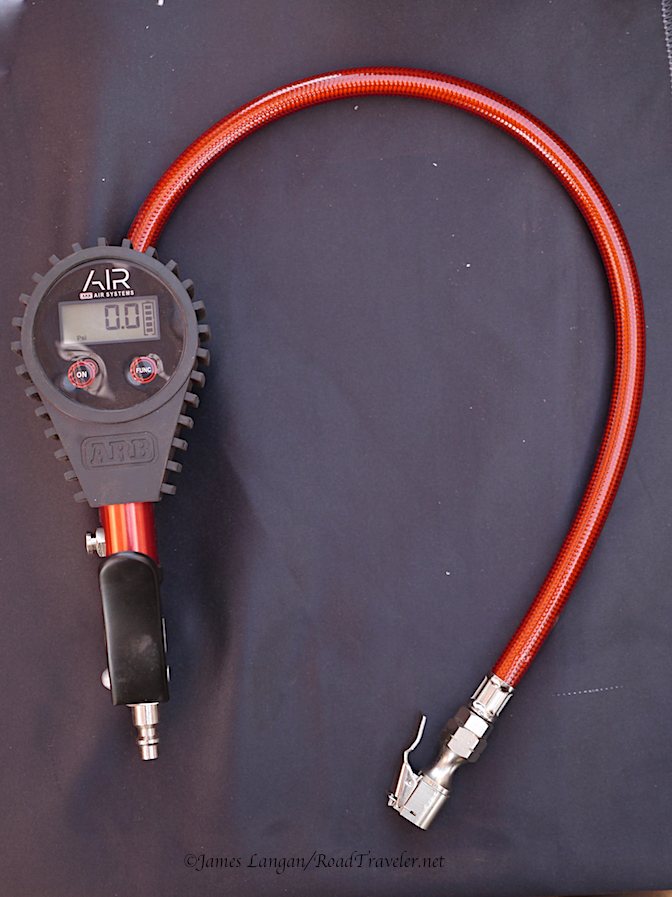
That’s all for this year, there was so much more, it would take 100 pages to cover it all. Check it out.
Copyright James Langan/RoadTraveler.net/PhotoWrite Intl. LLC.
All Rights Reserved.
A similar version of this article was also published in the Turbo Diesel Register.
Sources:
AeroContinental: aero-continental.com
AEV: aev-conversions.com
ARB: arbusa.com
AT Overland: adventuretrailers.com
Cummins: cummins.com
NEMO Equipment: nemoequipment.com
New Legend 4×4: newlegend4x4.com
Overland Expo: overlandexpo.com
Ram: ramtrucks.com
